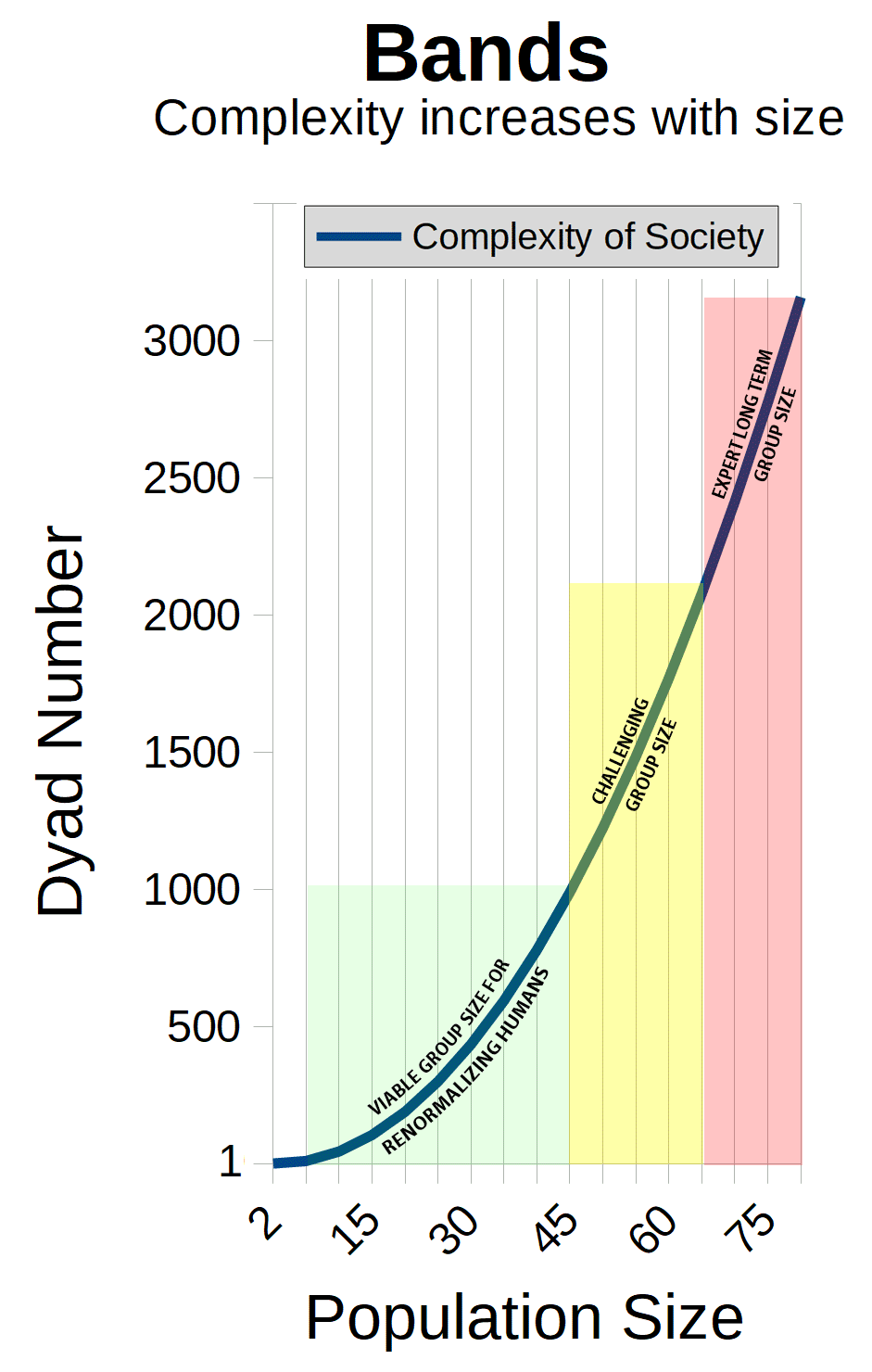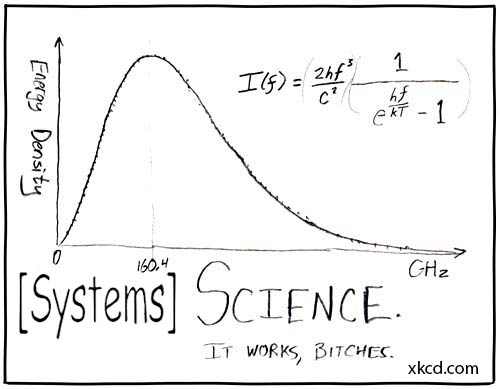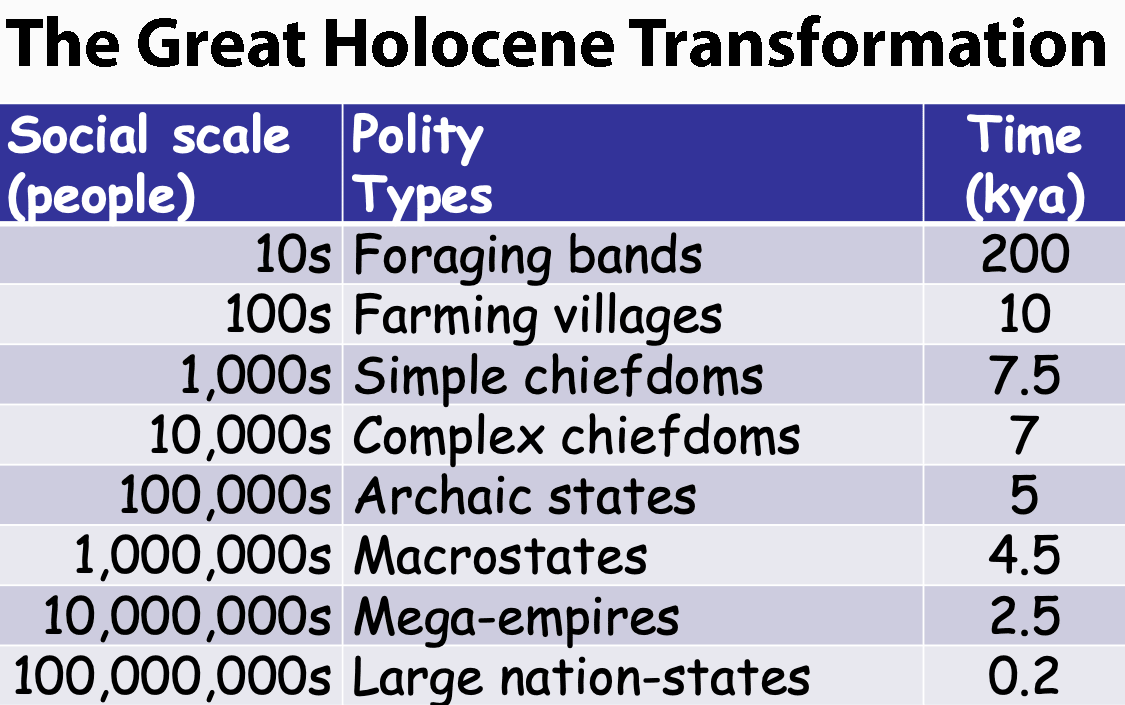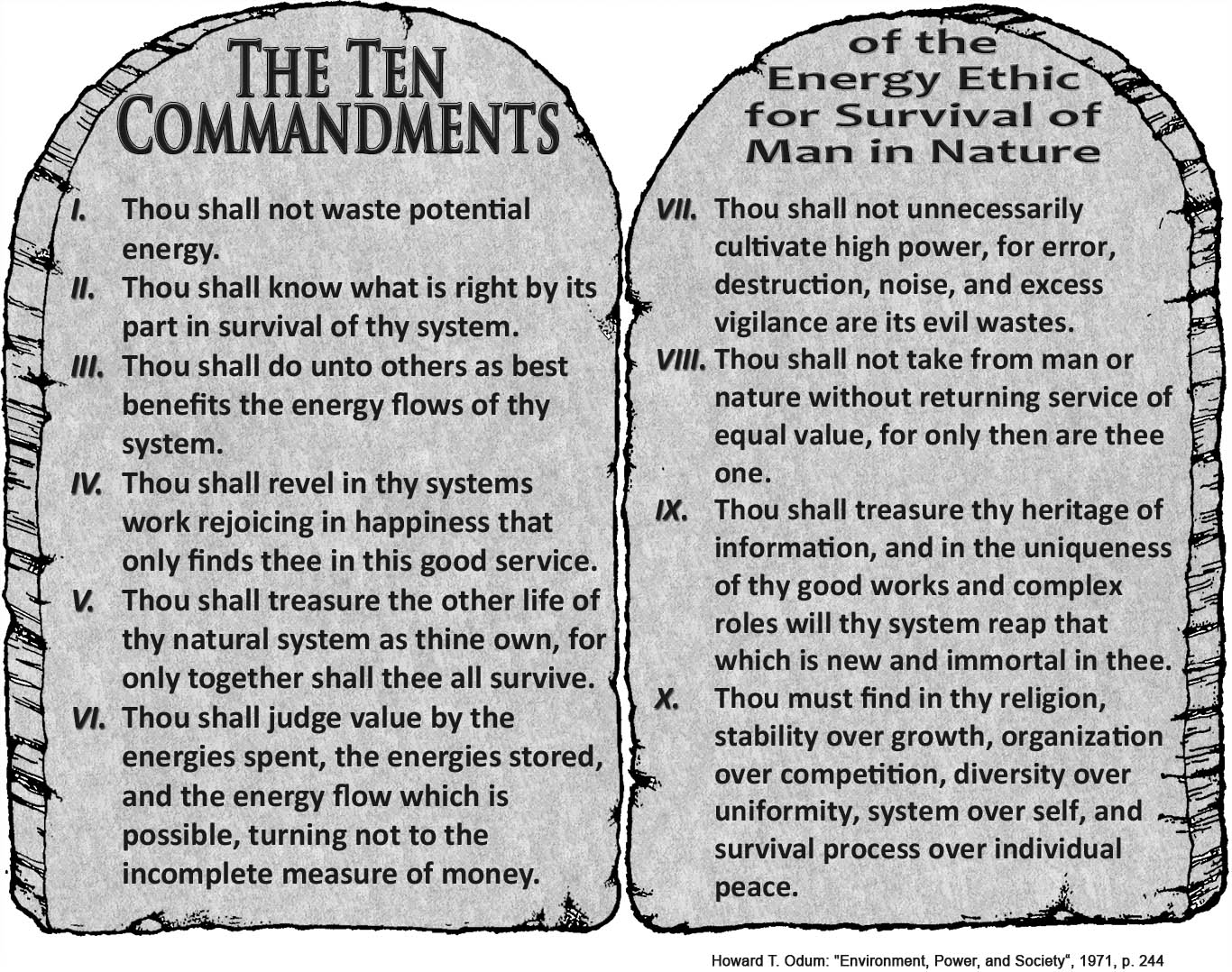
TUESDAY, FEBRUARY 27, 2018

Dyads
A Social Complexity Number
Eric Lee, A-SOCIATED PRESS
TOPICS: COMPLEX SOCIETY, FROM THE WIRES, CONFLICT RESOLUTION, DECISION MAKING, EQUITABLE DISTRIBUTION
Abstract: In a group, the possible combinations of any two or more people is a dyad. For four people the number of possible combinations or pairings is 4x(4-1)/2 or six. As the number of people in a group increases the number of dyads soars which fundamentally changes social interactions, society, and the level of trust between members of a group. A normal group size for humans, a band, is 5 to 85, or a dyad of 10 to 3,570. Dunbar's number of people makes for a dyad of 11,175, while complex societies vastly exceed the norm human biology evolved to deal with.
TUCSON (A-P) — If P = population, then P(P-1)/2 = total number of possible dyads, relationships between two people which includes the possibility of conflict as well as cooperation. Human biology allows for functional societies up to about 20 to 80 others in size (a band, typically of sisters) with 150 stretching the limits, beyond which conflict resolution, group decision making, equitable distribution of environmental resources breaks down, and hierarchies form. Large group sizes involve a hierarchy of command and control—the Iron Law of Oligarchy—political, religious, or typically both.
With two people the number of possible relationships is one, so there is one dyad. There is one possible relationship or chance to mate, compete, cooperate, fight, etcetera. Let's imagine the two people are called A and B. The one dyad could be called AB. For three people named A, B and C, there are three relationships: AB, AC, and BC. For four people... there are six dyads: AB, AC, AD, BC, BD, and CD.

Band Size Population
| People | Dyads |
|---|---|
| (2x1)/2= | 1 |
| (3x2)/2= | 3 |
| (4x3)/2= | 6 |
| (5x4)/2= | 10 |
| 10 | 45 |
| 20 | 190 |
| 28 | 378 |
| 30 | 435 |
| 40 | 780 |
| 50 | 1,225 |
| 60 | 1,770 |
| 70 | 2415 |
| 80 | 3,160 |
| 85 | 3,570 |
Range typically 20-50, so dyad range = one order of magnitude.
Tribe Size (one fixed village) Population
| People | Dyads |
|---|---|
| 100 | 4,950 |
| 120 | 7,140 |
| 150 | 11,175 |
| 200 | 19,900 |
| 250 | 31,125 |
| 300 | 44,850 |
| 350 | 61,075 |
Upper limit range is about 150-250 for one village of hunter-gatherers or low intensity agriculturalists. Coos Bay watershed, for example, was resource rich and supported about 2,000 people living in 50 settlements, which averaged 40 each, with maybe a range of 20-60 with a few larger or smaller, which is an optimal population range for humans to live in which was typically 'ruled', guided by, a consensus of the Mothers, though some pre-agrarians were patriarchal, such as the Indo-Europeans whose domestic animal agriculture enabled empire-building that selects for male atavisms. Gatherings of larger size are also typical, but not for long.
Chiefdom Size (multiple kinship groups living in multiple permanent villages) Population
| People | Dyads |
|---|---|
| 450 | 101,025 |
| 1,000 | 499,500 |
| 5,000 | 12,497,500 |
| 10,000 | 49,995,000 |
Range typically 1,000 to ten thousand though some large chiefdoms may have been larger, for a time, in population size, or a dyad range of over two orders of magnitude, or over 300 times Dunbar's number.
State Size (City State to Nation State) Population
| People | Dyads |
|---|---|
| 20,000 | 199,990,000 |
| 30,000 | 449,985,000 |
| 40,000 | 799,980,000 |
| 50,000 | 1,249,975,000 |
| 100,000 | 4,999,950,000 |
| 500,000 | 124,999,750,000 |
| 1,000,000 | 499,999,500,000 |
| 10,000,000 | 49,999,995,000,000 |
| 100,000,000 | 4,999,999,950,000,000 |
| 1,000,000,000 | 499,999,999,500,000,000 |
| 2,000,000,000 | 1,999,999,999,000,000,000 |
Range is from a population of about 10,000 for city states or small principalities to two billion (China), so dyad range is ten orders of magnitude. Chiefdoms and states are a continuum on the TOO LARGE for biology scale, two to seventeen orders of magnitude too big. So humans can live natural lives within maybe one dyad order of magnitude, thus bands to small tribes work, but beyond that, from chiefdoms to nation states, complexity increases many orders of magnitude with increasingly noticeable loss of functional behaviors (Calhoun's behavioral sink).
And how's that working for us? Consider the past 11,000 years of the human experiment in living, and that by 1500 CE only twenty percent of humans were living in a complex society large enough to write history. Today virtually all humans live in history. Today's global empire (EuroSino) may not go on and on just because we deeply believe it will. All in the past who served their empire likely deeply believed it would go on and on, but Nature doesn't care what we deeply believe.
In thinking about "complex societies" the dyad number is key to understanding how and why bands differ from tribes, and chiefdoms differ from states (city to nation), and, yes, there are always populations that fall between conceptual categories, but four categories are useful to think in terms of. Dunbar's number is often given as 150, so perhaps to simplify, societies having a dyad number less than 1,000 are bands, less than 100,000 are tribes (one fixed village), less than 1,000,000,000 are chiefdoms, and over one billion are city states on up to those with numbers too big for most people to name called nation states within which virtually all humans in recent times live. In 1500 CE, 80 percent of humans lived in hunter-gatherer bands or low-intensity agricultural tribes. For our social ancestors, for hundreds of thousands years, normal has been to live in societies with a dyad number between 100 and 1,200. Bigger is not necessarily better and no one foresaw the implications of human-zoo bigger. There need be no implication that those coming to live in increasingly complex societies chose to. In the default SYSTEM, the contingencies of short-term survival has selected for empire-building, now global.
In some areas rich in environmental resources, tribes of multiple kinship groups could live in a fixed village (e.g. Pacific Northwest that lead to institutionalized war and slavery enabled by canoe technology), but what worked for hundreds of thousands of years for conflict resolution, group decision making, and distribution of goods and services didn't work for larger tribes that required some degree of centralized power, typically in the form of an alpha male or big-man, who resolved conflicts, made decisions, and oversaw the fair and equitable distribution of environmental wealth. Such tribal leadership had the unintended effect of selecting for male atavistic behaviors such as dominance, polygamy and warlordery that may have worked right and well for our ancestors ten million years ago.
To get to the chiefdom level took rich environmental areas whose biological productivity, supporting a complex ecosystem, was diverted to supporting a complex human ecosystem/society. In the Neolithic, agricultural production supported ten to one hundred times more humans in an area that once supported one tribe (rarely a chiefdom). This allowed multiple villages, some of whose productivity was diverted to support chiefs and their clan of elites (aristocracy) as well as priests who together provided (often to excess) the needed social control system. Their power, however, invited commoner abuse, exploitation, and encouraged over exploitation by commoners of environmental resources (soil, water, arable lands, pasture, woodlands...) Warriors and artisans could also be supported, but as the elites receive then redistribute the wealth of the chiefdom, warriors tend to serve their interests and artisans produce luxury goods for their consumption. Warriors may protect commoners from the warriors of other chiefdoms, but also collect tribute to fill the chief/priest graineries. Warriors not employed in defending their chiefdom serve by conquering neighboring chiefdoms, leading to empire-building. No intent is implied as empire-building is what the system selects for. Those refusing the empire-building life are conquered. To not select for empire-building, change the rules of the game.
The tribal level of society is an extension of band society—some differences of note, but they are foundationally the same. Bands of kin groups may occupy a fixed village seasonally and disperse into nomadic bands at other times. Bands and tribal societies tend to be egalitarian, matriarchal, and have technology allowing for only a limited ability to exploit environmental resources with exceptions such as megafauna extinctions in Eurasia, Australia, and the Americas where large animals had no prior adaptation to human hunting technologies. The chiefdom level similarly extends into the state level with its vaster and longer lasting bureaucracies and more complex political and religious control systems. Bands and tribes have no unemployment issues, nor do they have a place for slaves. Chiefdoms and states need to give commoners and slaves things to do to serve elite interests.
 Alternative to business-as-usual command and control of complex societies is not anarchy, but elites that serve the system (as in planetary life-support system) as systems ecologists who are also human ecologists who manage human behavior to maintain "a viable equilibrium between Man’s demands and Nature’s resources." Such elites would not be materially privileged to consume more than commoners who produce material wealth from Nature's resources.
Alternative to business-as-usual command and control of complex societies is not anarchy, but elites that serve the system (as in planetary life-support system) as systems ecologists who are also human ecologists who manage human behavior to maintain "a viable equilibrium between Man’s demands and Nature’s resources." Such elites would not be materially privileged to consume more than commoners who produce material wealth from Nature's resources.
Producers over exploit resources without oversight to encourage living within limits as determined by educated elites who listen to Nature and who also live within the same limits that Nature speaks to them of, i.e. mutual coercion mutually agreed upon in a social system within a functioning agro-ecosystem where those who don't know enough to have an opinion defer to those who may, secondary to eighteen years of intensive education, in a society willing to invest in education without material reward for the educated servants of the system beyond what is needed and enough. "System over self" is what works, bitches.
SUBNOTE TO FILE 7/12/23
A chart Peter Turchin uses:

The "10s" would be 20-50 (range about 5-85) as a human (likely hominin) norm for over six million years. And 3.5 kya, when our global human population exceeded 35 million, perhaps half of humans lived in state/empire sized populations in conditions of extreme overdensity, with maybe 15% living as foraging bands. Today well over 99% are multigenerational products of overdensity conditions with over half living in large urban expanses that are not remotely sustainable.
Even today's "doomers" envision 1 to 2 billion humans living sustainably, while Cornucopian optimists living on an abundant Earth, who dream of a prosperous way down for humans who learn to live in loving grace, consider the possibility that someday as many as 7 to 35 million humans could live on the planet without degrading the planet's carrying capacity for life (provided they live as Earth Agents and work to facilitate the evolution of new species to reverse the Anthropocene, who therefore end all short-term self interests so as to maximize the empower of the world system they are obligately part of).
The only viable outcome for life on Earth may be human extinction (modern human extinction will come), but humans who could intentionally end the Anthropocene may yet do so (normal animals seek to sidestep extinction, which could include some renormalizing humans). As David Suzuki opined, no evidence to cite in support, we don't even know enough to know that it is too late. So, given that there is a maximum limit to the number of humans who will die a Malthusian (injury) death this century, what's your best guess as to a number that won't go away because you don't really know the exact number?

